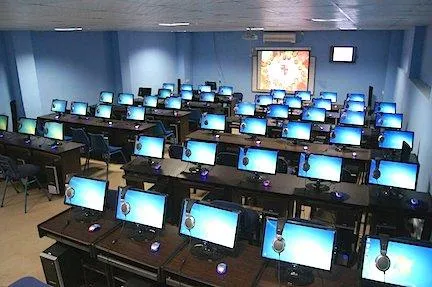Mapping U.S. school connectivity

Last week, the FCC published a compilation of the scope and effectiveness of current broadband connectivity called, State School Connectivity Profiles. A recent FCC blog by Jon Wilkins, Managing Director, explains the outline of this data:
“Each State Connectivity Profile lays out an overview of K-12 school and library connectivity in the state, including an explanation of any state network or REN infrastructure and a breakdown overview of how schools and libraries purchase Internet access, wide area network (WAN) connections, and internal connections.”
This most recent of State School Connectivity Profiles covers some 13 states, ranging from high-population ones like California and Florida to relatively small population states like New Mexico and Maine.
The FCC has been pushing for a modernization of broadband connectivity to the nation’ schools and libraries, through the E-rate program and other means. But, government agencies not only implement policies – equally important, they report the data on the implementation.
In order to accumulate the statistics on upgrading high-speed broadband for State School Connectivity Profiles, FCC staff have contacted counterparts in “school districts, state agencies, libraries, and research and education networks (RENs) from across the country.”
Speed Matters is a supporter of the E-rate program and other efforts to increase school and library broadband speeds.
State School Connectivity Profiles (FCC report, Sep. 19, 2014)
Connecting All Schools and Libraries – Learning from State Strategies and Data (FCC Managing Director’s blog, Sep. 19, 2014)
CWA members oppose AT&T’s attempts to stop serving rural and low-income communities in California
CWA urges FCC to deny industry attempts to loosen pole attachment standards
CWA District 6 reaches agreement with AT&T Mobility



